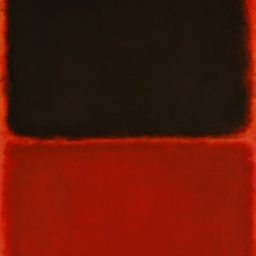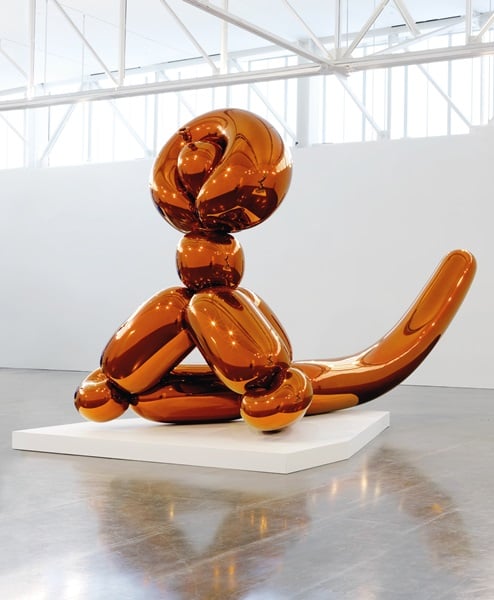

We’re all human, and we all make mistakes.
And yes even extraordinarily wealthy art collectors have been known to slip up every now and then. Some mistakes are funny, others are just plain unlucky. Most of them could have been avoided with proper due diligence and foresight. But then again, hindsight is 20/20. Whether it’s commissioning an oversized sculpture or losing big money on a failed investment, we’ve compiled the five most unfortunate examples of grave errors by art collectors. Get ready for some Schadenfreude.
One last thing: if after reading about the worst collecting mistakes below you’d like to learn more about the world’s top collectors, then please check out our list of the world’s best collectors: Top 200 Art Collectors Part One and Part Two.
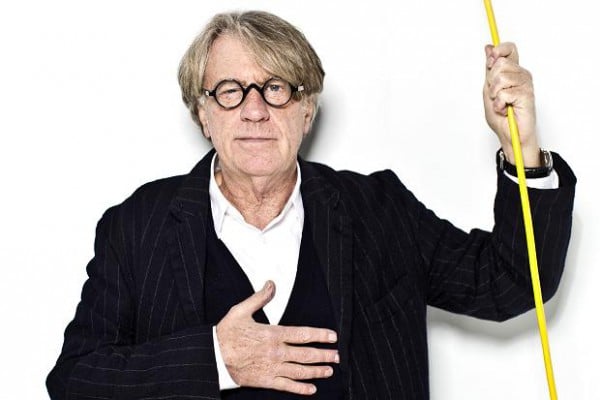
British DIY Millionaire Frank Cohen.
Photo: via The Times.
1. Frank Cohen’s Oversized Koons
British collector and DIY millionaire Frank Cohen commissioned Jeff Koons to make him a sculpture, Balloon Monkey (Orange), in 2006. He waited eight years and paid $8 million only to find out that the giant artwork was much too big to fit inside his non-profit Dairy Art Center in London.
As a DIY entrepreneur, you’d think Cohen would have a tape measure handy.
Dairy Center’s co-founder Nicolai Frahm told Bloomberg, “He originally had a specific place for it, which didn’t work out. It’s too massive, unfortunately.” He also ruled out displaying it outside the building. “It would look ridiculous. It could be vandalized,” Frahm said.
But, in the end, the overisght played out pretty well for Cohen. Balloon Monkey (Orange) sold at Christie’s, New York, for $25.9 million in November of last year.
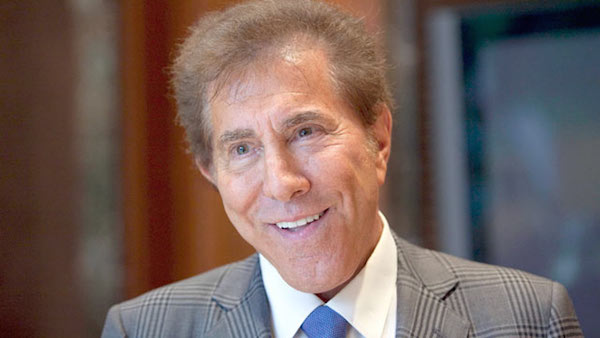
American casino mogul Steve Wynn.
Photo: via WND.
2. Steve Wynn’s Elbow
In 2006, casino tycoon Steve Wynn had just completed what would have been, at the time, the highest art sale in history by agreeing to sell Pablo Picasso’s 1932 masterpiece Le Rêve to hedge-fund owner Steven Cohen, for $139 million.
The deal was closed, with only the exchange of money and artwork still to take place. On the weekend before the transaction, Wynn was entertaining some friends at his Las Vegas hotel and casino, showing his guests the record-breaking painting one last time.
Wynn, who suffers from retinitis pigmentosa, an eye condition that compromises his peripheral vision, was talking about the artwork when he backed up and accidentally put his elbow through the canvas while gesturing towards the work.
Wynn told the New Yorker, “We all just stopped. I said, ‘I can’t believe I just did that. Oh, shit. Oh man.’”
The painting was eventually restored and Cohen still liked the painting enough to buy it anyway.
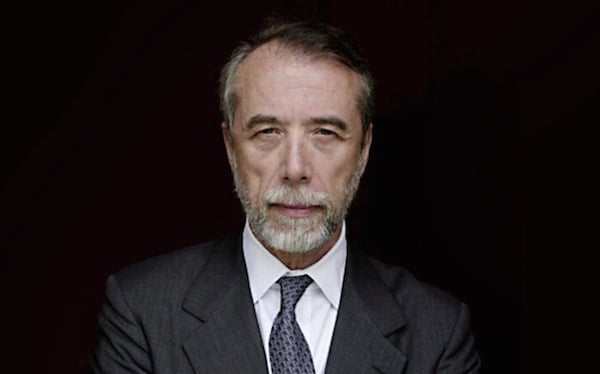
Italian fashion and auction house executive, Domenico de Sole.
Photo: via The Business of Fashion.
3. Domenico de Sole’s Chinese Rothko
In 2004, former Gucci executive and current Sotheby’s board member, Domenico de Sole, bought a Mark Rothko painting for $8.3 million from Knoedler Gallery in New York.
The painting’s peculiar provenance should have set off alarm bells. Knoedler bought the work for $950,000, in 2003, from disgraced dealer Glafira Rosales, who claimed to be representing an unnamed collector identified only as “Mr. X.” Unfortunately de Sole only learned of the paintings unusual history much later when the case unfolded in court.
According to the the New York Times, Rosales was later found guilty of wire fraud, money laundering, and tax evasion, and admitted to being at the center of an $80 million art forgery ring. During the trial, she also revealed that de Sole’s Rothko was in fact painted by a Chinese immigrant in Queens, NY.
With its reputation irreparably tarnished, the Knoedler Gallery was forced to close in 2011 amid extensive lawsuits and fraud allegations.
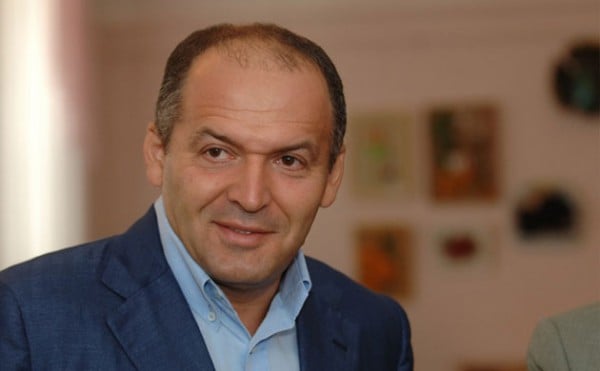
Ukrainian Oligarch Victor Pinchuk.
Photo: via Arts Journal.
4. Victor Pinchuk’s Entire Collection
“Rarely has so much money been spent so quickly on so much bad art,” the Art Newspaper wrote about the collection of Ukrainian oligarch Victor Pinchuk.
Pinchuk himself readily admits that he knows very little about art. In fact, he’s only been collecting since 2005. A visit to the Venice Biennale that same year reportedly inspired the Ukrainian to collect. A year later he founded the Pinchuk Art Center in Kiev.
However, anonymous sources close the billionaire allege that the public museum is part of a PR strategy to clean the family name after his father-in-law was claimed to be implicated in the murder of an investigative journalist Georgy Gongadze in 2000.

Bernard Arnault. Photo ©2014 Patrick McMullan Company, Inc.
5. Bernard Arnault’s Auction House Misadventure
In 1999, luxury goods magnate and mega-collector, Bernard Arnault, acquired Phillips auction house as part of his LVMH conglomerate, seeking to break Sotheby’s & Christie’s’ stranglehold on the art auction market.
Arnault’s strategy of offering high guarantees and generous loans sensationally backfired. Arnault sold the company’s stake only three years later, after Phillips accumulated massive losses, including a $150 million loss in 2001 alone, according to the Economist.


